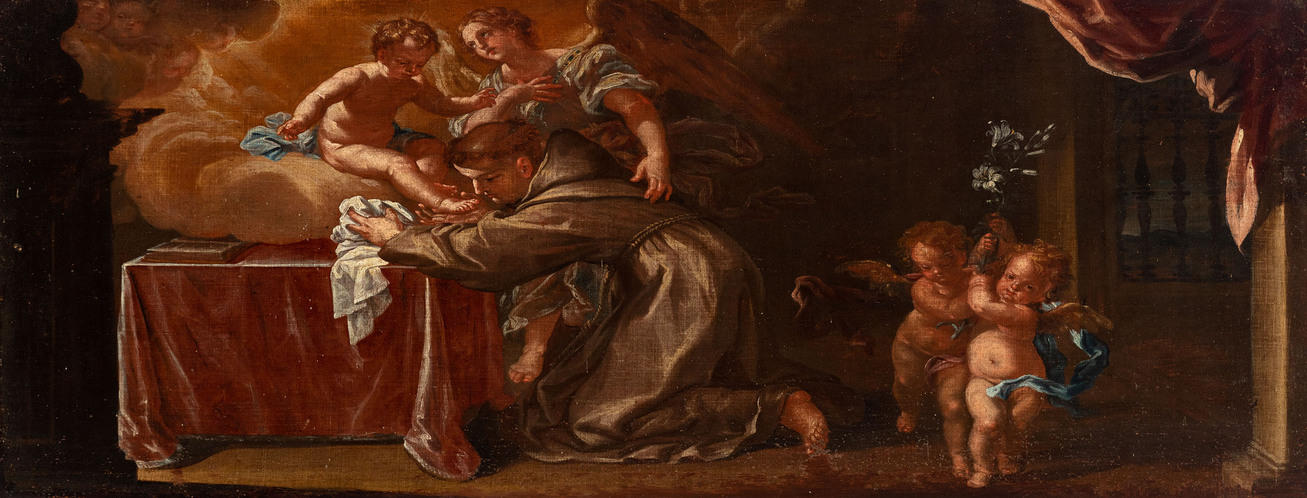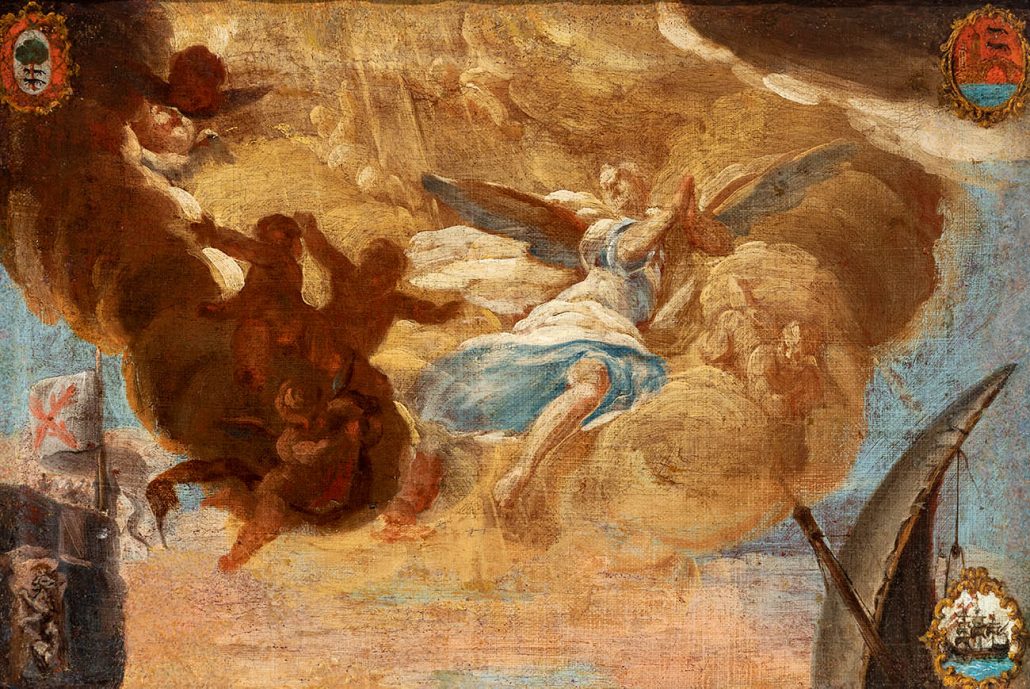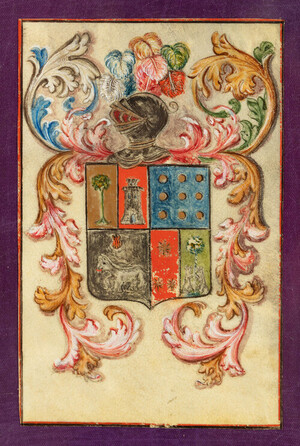The legacy of the Aras Jáuregui collection

Few figures were more striking in the Basque society of the twenties as the young man Ramón Aras Jáuregui. Perfectly comparable to Jay Gatsby was one of those people who were at all key points in society giving the feeling of pulling their strings. Among other positions I hold since honorary member and treasurer of the Atthelic Club de Bilbao (partly financed by his own pocket), city councilor from 1913 to 1917 or patron of painters of the time such as Darío de Regoyos.
Like so many other Basque fortunes of his time, he dedicated large sums of money to creating a vast and valued art collection , being during a good part of the 20th century one of the most noted and important collections in Bilbao, as indicated by Lafuente Ferrari among other authors. Although many of the newly enriched spent to pretend the luxurious interiors of their mansions, the case of Aras Jauregui was totally different.
He was loyally committed to making his collection accessible to the public in the city, proof of this are the Museum’s catalogs during the first three decades of the century, which include ceded or donated works. From a selection of Flemish tapestries, ivories and reliquaries and of course paintings. A good number of these works are part of the current Bilbao Fine Arts Museum . His connection with the Museum was a constant. His name is present as one of his sponsors as well as a judge in artistic competitions.
The magnitude of the original collection was so great that simply by comparing that of the museum itself, which opened its doors in 1914, it had 137 works, while his would easily multiply that number several times. Our auction welcomes some 123 works of what was once one of the main private art galleries.
During the conflict of the Civil War and more taking into account the bombing of the city of Guernica, it was a priority objective that the cultural heritage be safeguarded for its survival and of course the collection of Aras Jauregui was included. A good part of his works were transferred to the Bilbao Museum to avoid their destruction. In several of the works that we present in Setdart we can find labels and annotations from when they were kept in the museum . For fear of the bombings, part of the funds were taken from the institution and transferred to Paris. The lack of control with which it was carried out, added to the vicissitudes of the war itself, caused a good part of the funds that were treasured to be lost. An example of this is seen in images from 1936 and 1937 in which the paintings and frames that were separated from the paintings are stacked in order to facilitate their transfer and therefore damaging their state of conservation.
Don Ramón Aras Jauregui would see how after the war his weight in the city of Bilbao would lose strength as well as the volume of the collection, part lost and another donated to his own people. He died in San Sebastián in 1966 without mention in the press despite having been one of the great men of Basque society. A huge and mysterious legacy that came to have from flamenco triptychs to works by Velázquez, Murillo or Goya. A story yet to be revealed.





